It’s the month for pumpkin-spiced everything. It’s the month for Halloween decorations and candy galore. It’s the month when campfires are prevalent in the rings of state parks and recreation areas. It’s the month for the crop harvest in Nebraska.
And, it’s the month when leaves turn color here in the Cornhusker State.
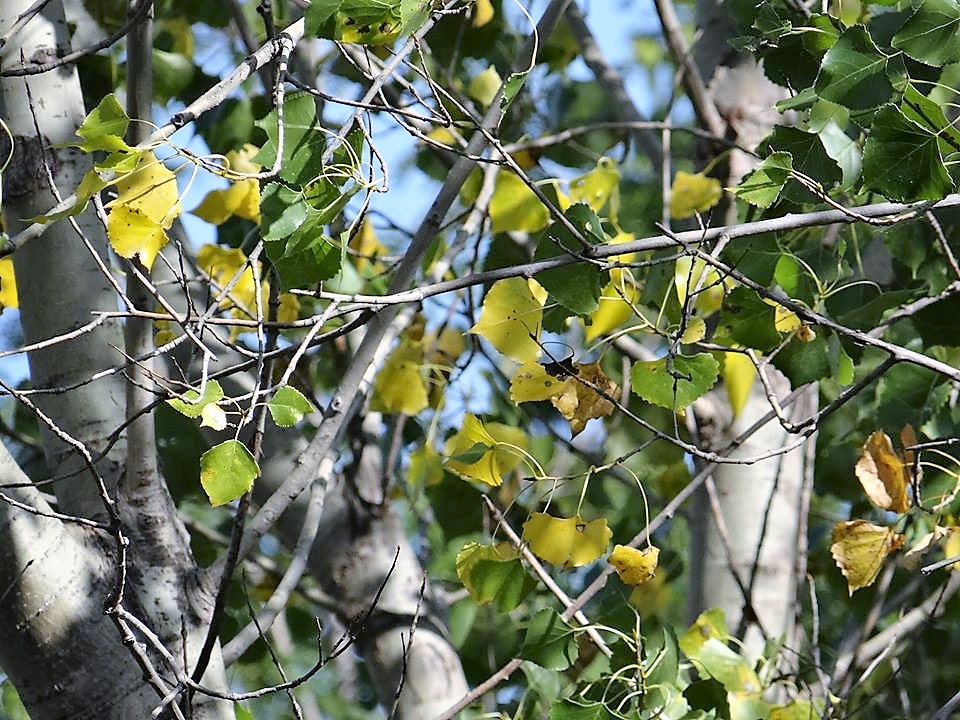
Ah yes, October has arrived. It is a certainly a wonderful time of the year in Nebraska to enjoy the crisp air and various colors of fall foliage when they appear. Typically, we can find trees, shrubs, vines, flowers and grasses in green, yellow, orange, red, brown, and some purple.
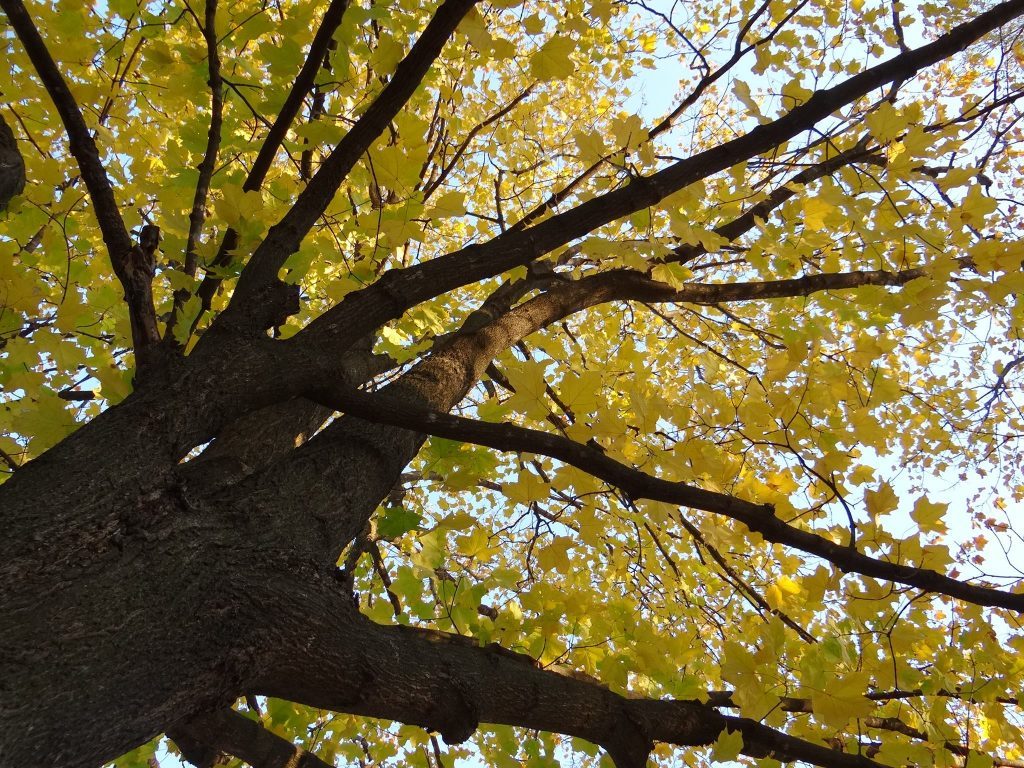
As a general reference, fall colors come into view in northwestern Nebraska around the first of October when the bull elk are bugling and peak in southeastern Nebraska woodlands when the deer are rutting just prior to Halloween.
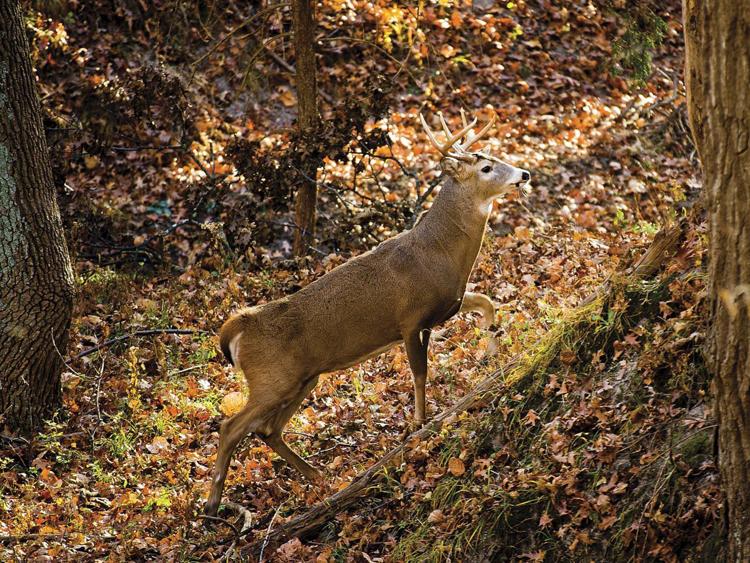
But, what kind of year will it be for the fall colors of nature in your region or area of the state?
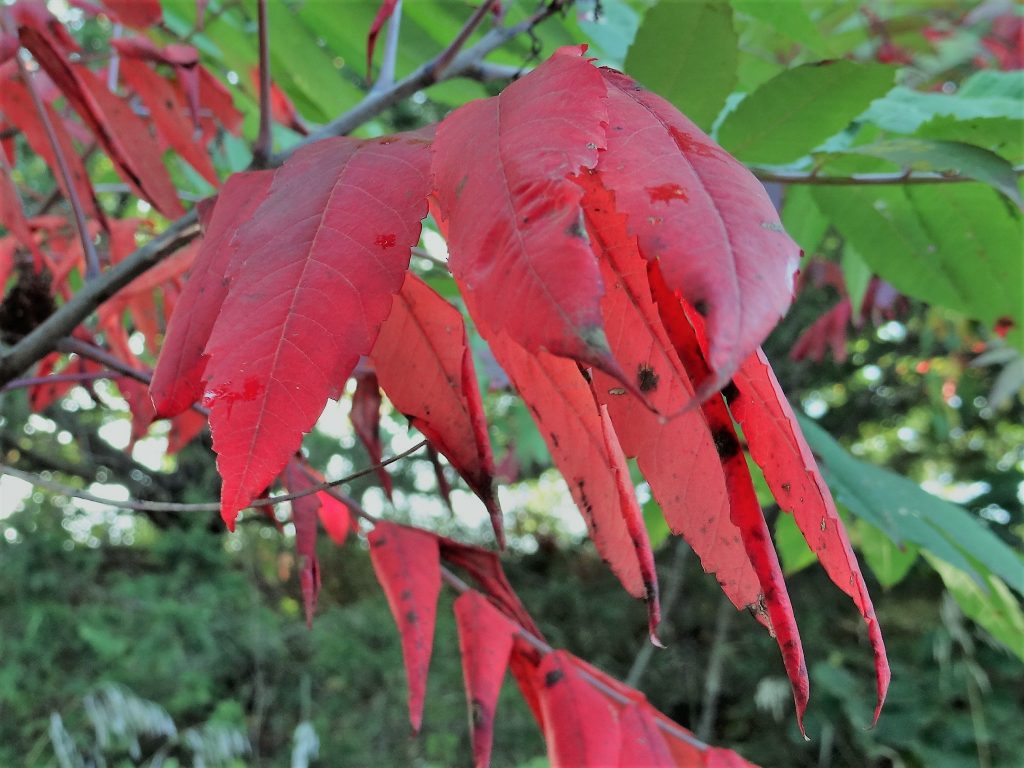
Here’s the answer.
First, understand that fall autumn colors are the result of a chemical change in the leaves. The trigger is the reduction in day length and the onset of cooler temperatures (mainly at night) which cause the chlorophyll to exit leaves. Essentially, the reason the leaves of any deciduous (hardwood) tree or shrub change color is because of a decrease in photosynthetic activity as the days get shorter in the fall.
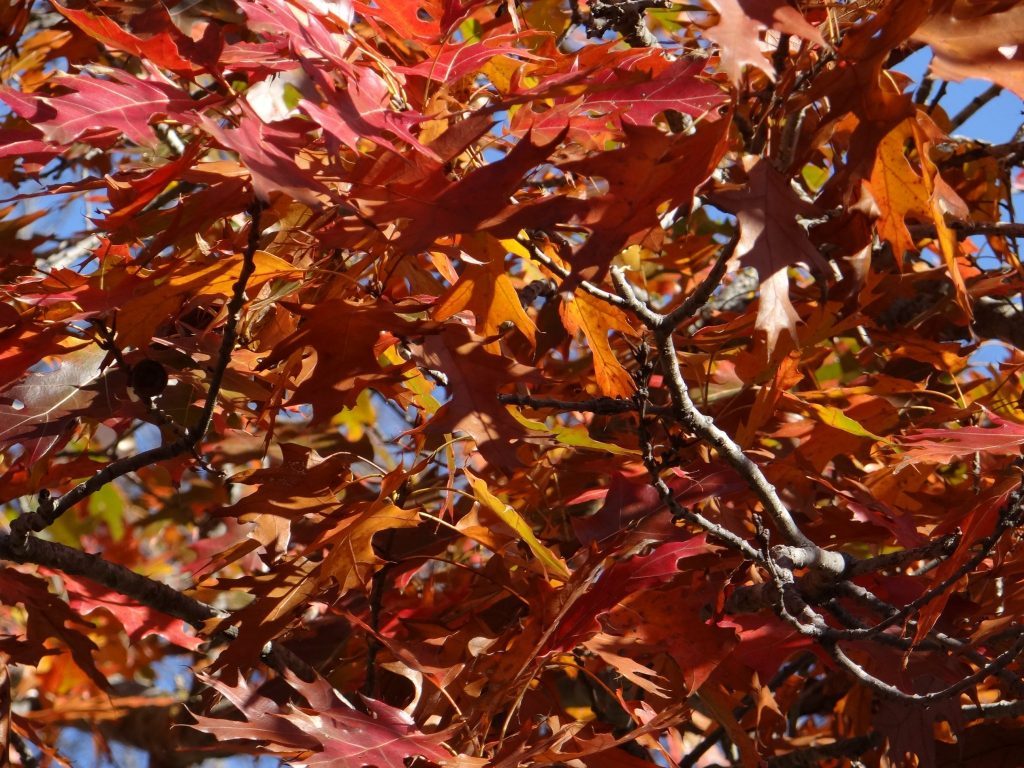
According to forestry experts at the University of Nebraska-Lincoln (UN-L), weather really affects color intensity. Temperature, light, and water supply all have an influence on the degree and the duration of fall color.
Low temperatures above freezing favor the formation of bright red colors in maples, for example. However, an early frost will weaken the brilliant red color. Rainy and/or overcast days tend to increase the intensity of fall colors. The best time for us to enjoy autumn color in Nebraska would be on a clear, dry, and cool (not freezing) day.
What about dry weather?
The U.S. Forest Service says dry weather has a significant impact on foliage health. A late spring, or a severe summer drought, can delay the onset of fall color by a few weeks. A warm period during fall will also lower the intensity of autumn colors.
The impacts of dry weather on foliage can be as light as “less vibrant colors” and on the other end of the spectrum can cause leaves to fall off trees before changing colors or fully changing colors.
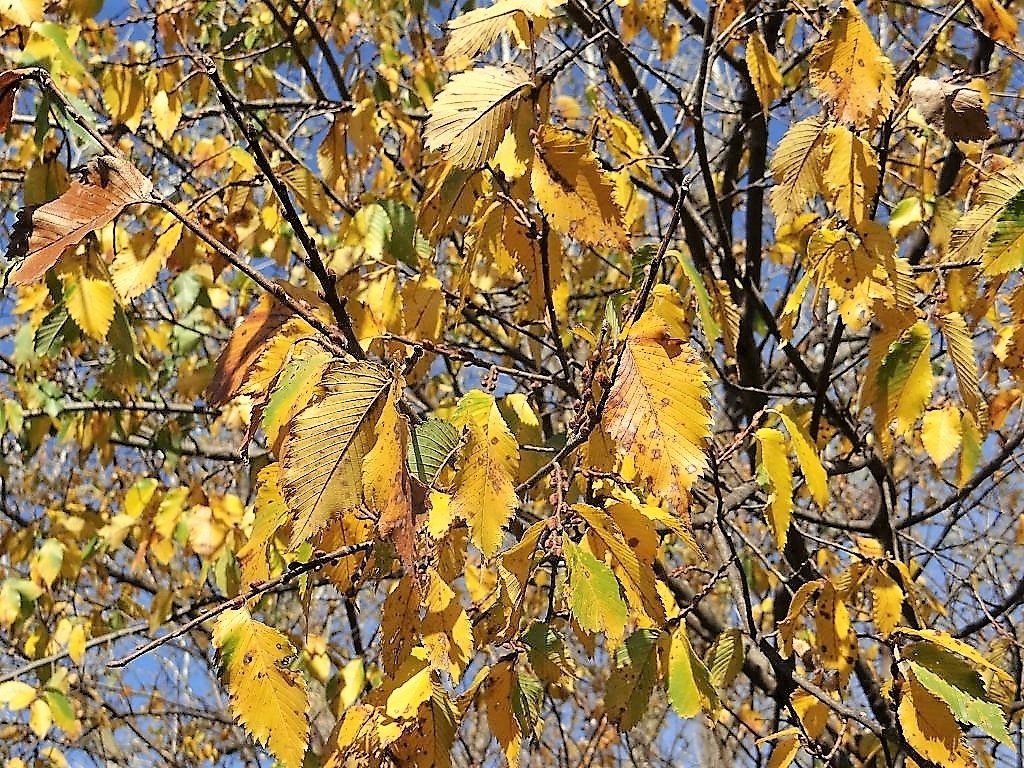
Studies now show as the climate has warmed during the past few decades, the onset of fall colors across much of the Northern Hemisphere has been delayed.
It’s important to point out that fall color, even a spectacular year, for any one species of tree, shrub, vine or grass, rarely lasts more than a week or two. Some tree species, such as green ash, are colorful for only several days, at most.
Once again, please know that an early frost will end the reds, but also may limit or eliminate other fall hues and cause leaves to drop before they change color. High wind or heavy rain can also cause the leaves to fall before they fully develop color.
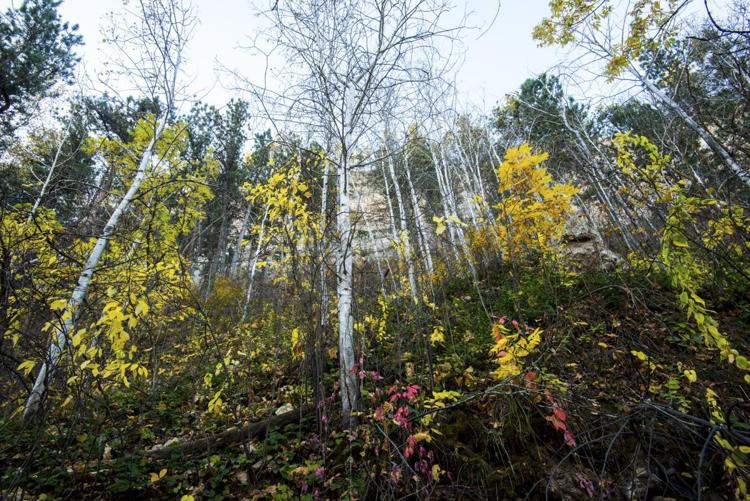
When the proper conditions align though, we can sure revel at the brilliant fall plumage!
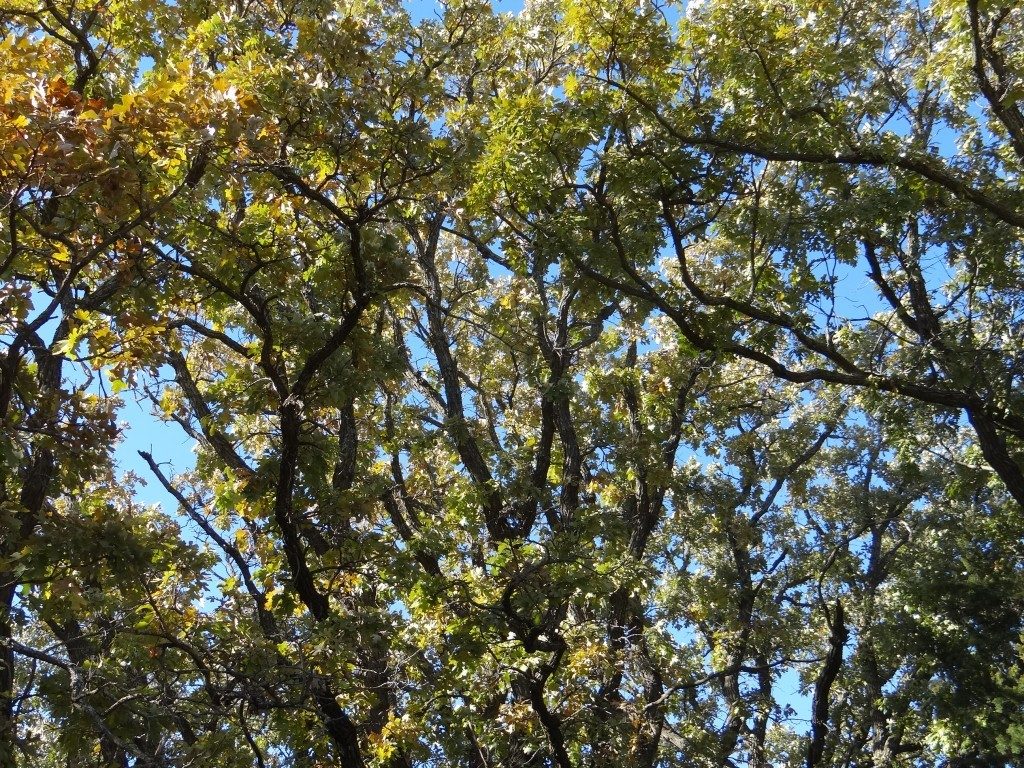
Like to have some specifics on fall foliage colors?
From information gathered through the Nebraska Statewide Arboretum, Nebraska Forest Service, Nebraska Extension and Nature Conservancy, here are some colors and their trees, along with some vivid grasses, shrubs, wildflowers and vines to look for in the fall, specifically in October.
- Maples produce some of the best colors. Sugar maple can be especially pleasing — with shades of yellow-orange or orange-red, depending on the variety. Red maple, as its name implies, can turn a bright red in the fall. Freeman maple is one example, including the popular variety “Autumn Blaze.” Silver maple can turn a pleasant yellow (but don’t bet the farm on it). Finally, most types of smaller ornamental maples have the ability to turn shades of yellow, orange or red.
- Several varieties of oak, including red, pin, scarlet, black and white oak, produce shades of red, some much brighter than others. Other oaks (chinkapin, chestnut, shingle and swamp white oak) develop attractive glossy tans and browns. Shumard oak is another great oak treet that has reliable red fall color. But oaks can be a mild yellow-brown color in the fall as well. Keep in mind that oaks color later than most trees, and their leaves can persist very late into the fall.
- White ash leaves can range in color from yellow to purple with hints of red. The commonly planted “Autumn Purple” ash turns a deep purple. Purple coloration is less common and is exhibited also by gray dogwood and some viburnums.
- Gray dogwood and some viburnums exhibit a purple fall foliage color.
- The eastern redbud or ‘Forest Pansy’ is also one of the few hardwood trees with reddish-purple fall foliage.
- Sweet gum has a red fall color.
- Green ash is one of the first trees to turn yellow in the fall. Look quickly, though, as its leaves fall shortly after color change.
- Yellow fall leaf color is the most common in Nebraska. Local trees and shrubs that exhibit various shades of yellow leaf color include varieties of cottonwood, ash, hawthorn, ironwood, elm, hickory, mulberry, black cherry, river birch, Osage orange, sycamore, hackberry, hazelnut, chestnut, pecan, walnut, persimmon, honey locust, and poplar. Shagbark hickory, gingko, and quaking aspen turn a radiant golden-yellow in the fall. Paper birch leaves reveal a very bright yellow leaf color during autumn. The Kentucky coffee tree’s foliage also can turn glowing yellow in the fall, but it is often one of the first trees to drop its leaves. Willow leaves range from a golden shade to a greenish-yellow tint.
- Pawpaw tree leaves are yellow to yellow-green in the fall.
- Ohio buckeye autumnal foliage is yellow to orange.
- Baldcyprus is a deciduous conifer tree that has needles that turn orange-brown before falling off for the winter months.
- Basswood (or American Linden) fall leaves are often green to golden yellow in exceptional years.
- Butternut leaves drop early and stay green into late fall.
- Smooth sumac and burning bush are vibrant reds in autumn.
- Serviceberry is one of the small trees or large shrubs that can turn yellow, orange or red in the fall, depending on the variety. The native downy serviceberry is generally red in autumn.
- Native grasses are stunning in the fall. They hold their gold/dark orange-yellow color well into winter. Big bluestem and little bluestem are probably the best for rich reds, but Indian grass, switch grass and even prairie cordgrass have good color. Forbs such as round-headed bush clover and sunflowers provide texture as dark, interestingly-shaped accents. Native grasses can be especially colorful with morning dew.
- For shrubs in the fall season, look for blue mist spirea with soft blue flowers on silvery foliage, rose-of-Sharon with its bright hollylock blossoms, an abundance of roses still in bloom and the subtle, yellow-to-copper blossoms of witchhazel.
- Regarding wildflowers, fall is the time of the year when they flower. Note the blues and whites of asters, the yellows of goldenrods and sunflowers, and the spectacular red of cardinal flower?
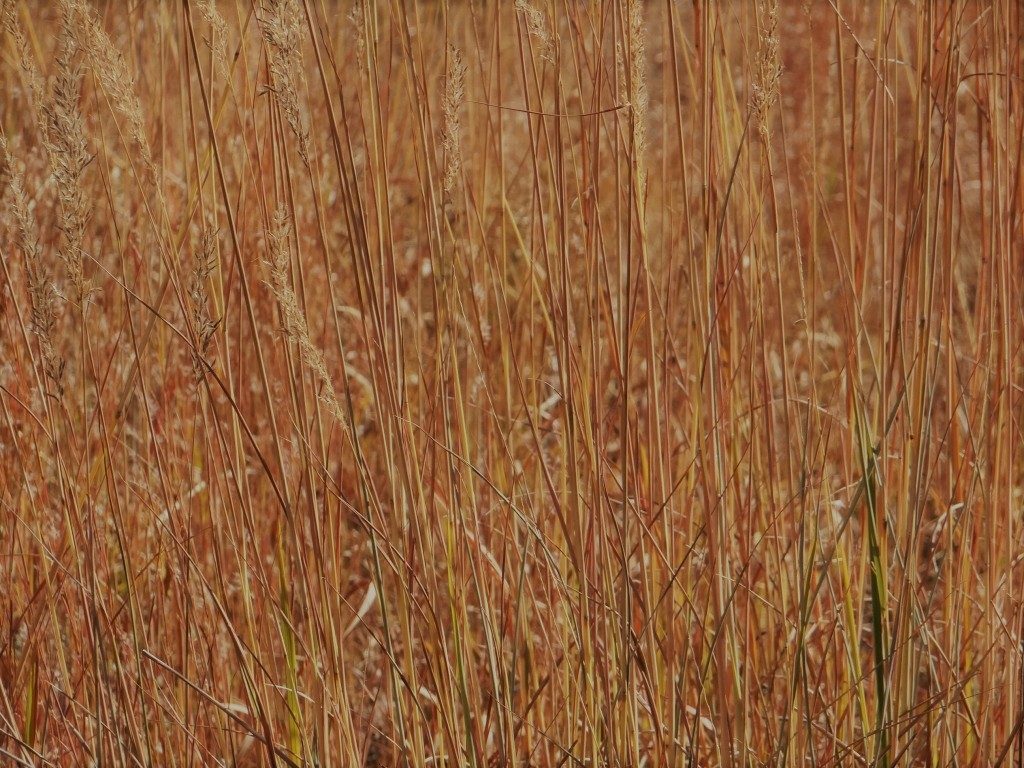
- Vines have color in the fall, too. Virginia creeper becomes a vibrant red. Poison ivy mainly is an attractive red, but can be yellow, orange or sort of a mottled mixture of these colors.
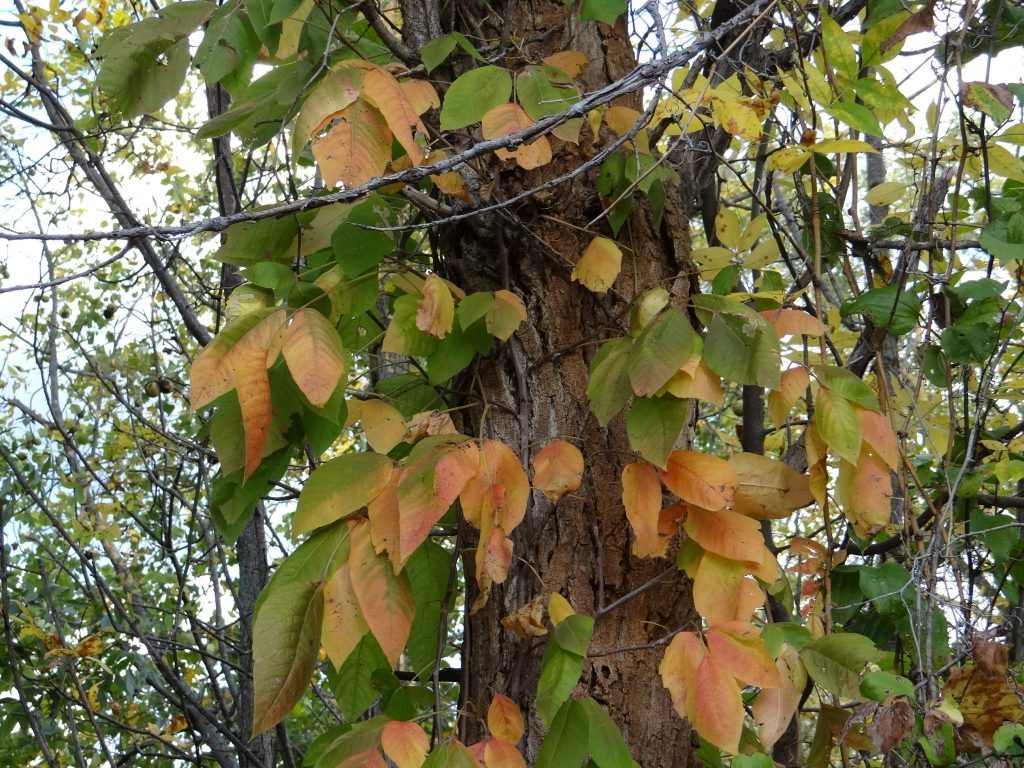
How about several pointers to give your fall color viewing trips an extra boost?
1) Head for the water. Usually where there’s water, there’s a nice diversity of hardwood trees, plus there’s the magnificent reflection of tree leaf colors on a pond, lake, reservoir or river. Go to a water body where you have a vista. Nebraska’s water-based state recreation areas would be highly suggested.
2) The more tree species, the better colors. Do your homework, go to a natural area or arboretum where there’s a variety of tree species because there you’re going to get the palate of colors together.
3) Elevation is awesome! The places that have some elevation or topography is where you generally will have a variety of tree types. In addition, the views are better. Think bluffs, river and creek valleys as well as overlooks. The Nebraska state parks offer great vantage points for photographing and viewing colors. Indian Cave State Park in southeastern Nebraska comes strongly recommended!
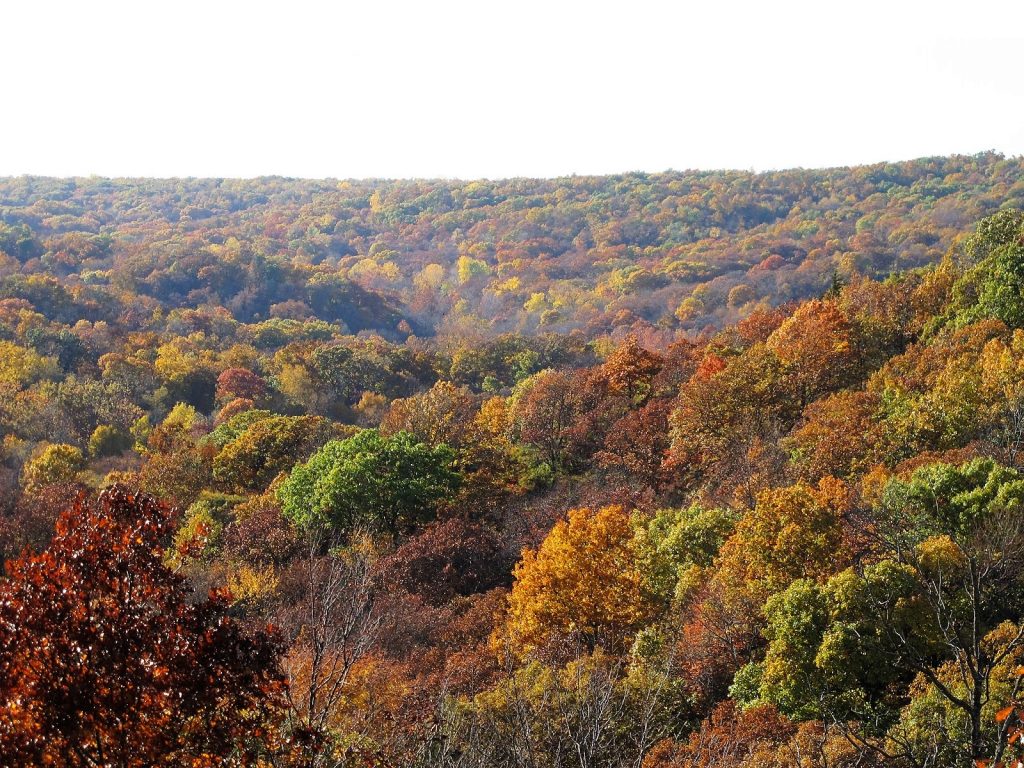
4) Bright color along I-80. The fall yellow color of cottonwood tree leaves can certainly make the drive along Interstate 80 across Nebraska a much more pleasant one!
5) Don’t overlook taking fall color drives on Nebraska’s scenic byways either. These routes typically follow or crisscross river and creek systems that have an array of hardwood trees growing along their banks and in the hills above them.
6) Plan to take a float trip on one of our water trails to fully enjoy the fall colors of nature. Combined with a water perspective, the colors will have an added dimension.
7) Around the Omaha-metro area, some good places to view fall colors are Elmwood Park, Fontenelle Forest, Ponca Hills area and the Keystone/Big Papio Trails Network.
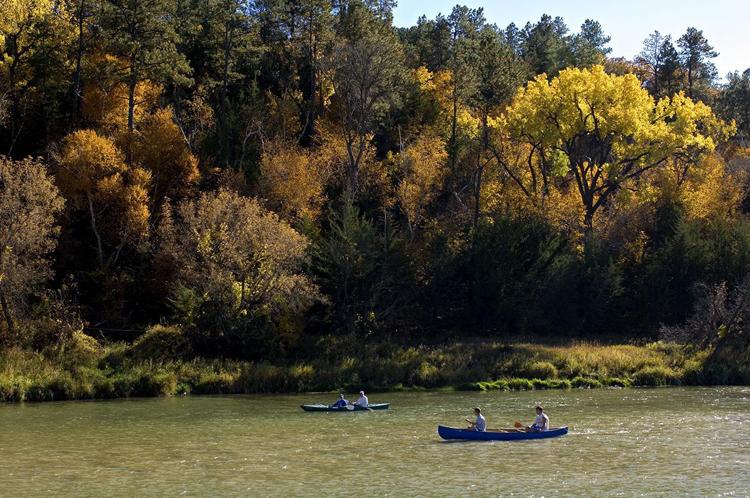
When it comes right down to it, leaf peepers, who needs a trip to the northeastern part of the U.S. or to the Ozarks to see fall tree foliage in full color? We have plenty of fall color to be viewed here in Nebraska during the month of October!
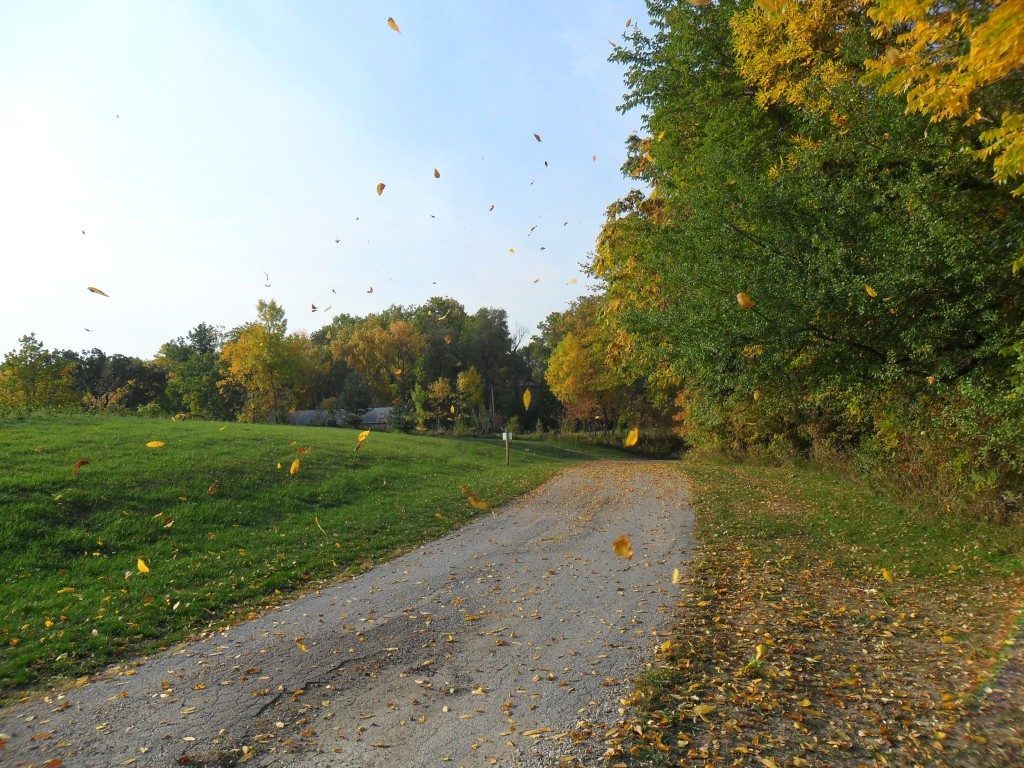
Enjoy the autumnal weather and the warm colors while they last because winter is just around the bend!

The post Nebraska’s Varied and Vibrant Colors of October appeared first on Nebraskaland Magazine.
















